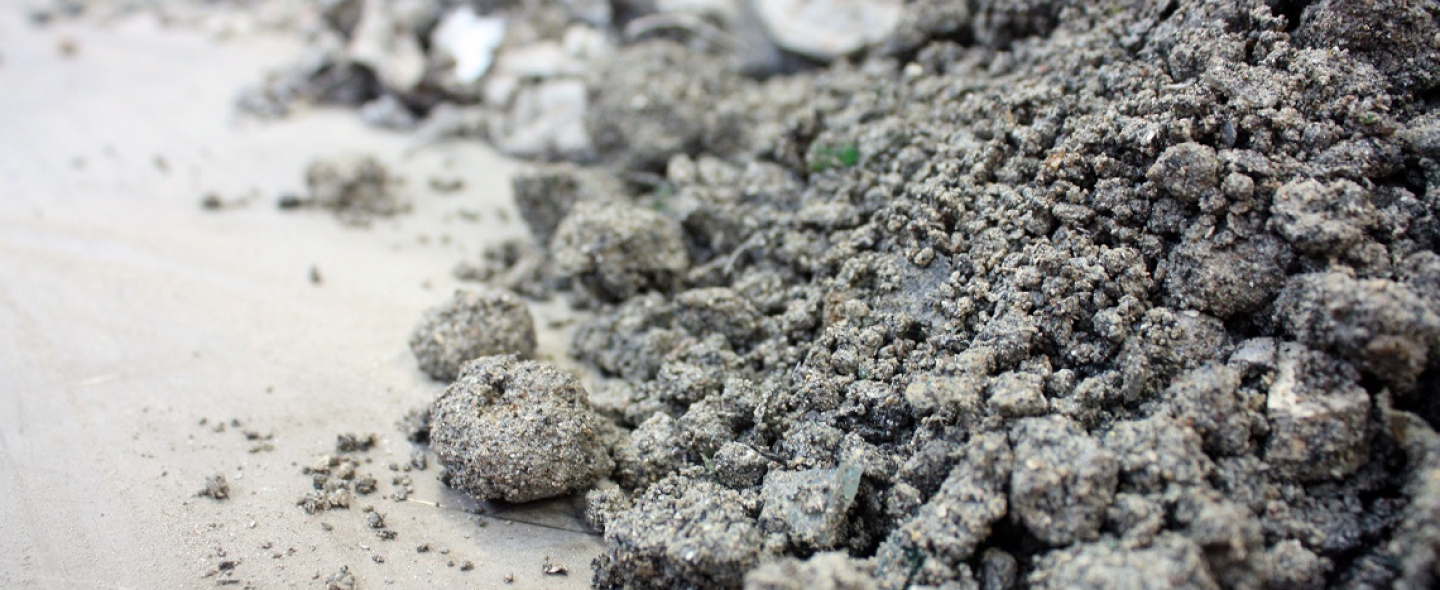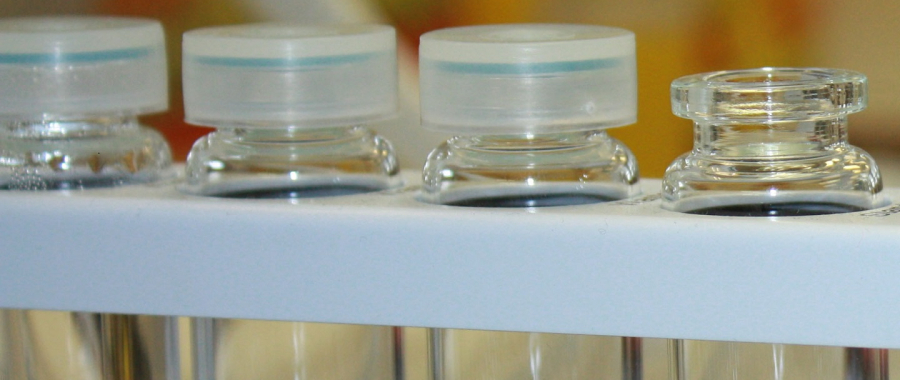As part of our portfolio of services, we provide Incinerator Bottom Ash (IBA) preparation, testing, analysis and also consultancy support.
Why Test Incinerator Bottom Ash?
IBA is the ash that is left over after waste has been burnt in an incinerator. Depending on the composition of the waste, IBA can contain a number of materials including metals, rubble and concrete. Approximately 1 million tonnes of IBA are produced throughout England and Wales each year (ESAUK), while larger materials can be reused, there is a duty of care for the site operator to characterise the rest of the ash as hazardous or non-hazardous in accordance with an EA agreed IBA Sampling Protocol before choosing a waste disposal route.
Testing and Analysis for Incinerator Bottom Ash
Our environmental chemistry laboratory has vast experience in testing IBA and has even developed a methodology to reduce turnaround times to five days for most determinands. To test the metals for IBA, we typically digest the ash with aqua regia and analyse the sample using ICPMS or ICPOES. We understand your challenges and therefore stress the importance of getting a homogeneous sample, to reduce the risk of re-sampling which can be costly both in terms of money and time. In analysing the metals and other relevant determinands, we can then classify the IBA, as either hazardous or non-hazardous in accordance with the WM3 guidance and by following the current ESA protocol guidelines.
Monitoring Incinerator Bottom Ash
Monitoring IBA is a requirement for all energy from waste incinerators that have an Environment Agency permit. However, depending on the suite of analysis required, the frequency of test can vary, being as often as monthly to as infrequent as quarterly. In the case of IBA testing during the site commissioning period, a Sampling Protocol may initially require IBA sampling and analysis on a twice weekly basis.
SOCOTEC can offer ongoing monitoring and testing for IBA using our accredited laboratories. The analysis suite includes (but may not be limited to):
- Total petroleum hydrocarbons (TPH)
- VOC’s
- Heavy metals
- pH, alkali reserve and cyanides
- In-vitro skin irritancy
What about APCr?
Air Pollution Control Residue (APCr) is a by-product of cleaning the flue gases following the combustion process, and the waste gases are discharged from the chimney. The APCr are classed as an absolute hazardous waste and would not usually require testing for the purpose of hazardous waste classification. However, it is a usual permit requirement to test APCr to characterize the waste for disposal. SOCOTEC can monitor your APCr residue, with our scope of tests including dioxins & furans, as well as heavy metals. We are able offer regular, monitoring and testing to keep you compliant with your permit requirements.
Also, if your site changes its recycling route, then we can offer the necessary leachable metals analysis that is a usual permit requirement with a five day turnaround on results.
IBA Assessment and Consultancy
SOCOTEC are also able to provide expert consultancy support to help you to develop and implement a Sampling Protocol to assess the “Hazard Status” of your IBA and Fly Ash residues. Our consultants have an established track record of developing and preparing Sampling Protocols for Incinerator plants that accept various waste materials. We have successfully negotiated with the regulators on our clients behalf to achieve an optimised outcome in terms of both delivery timescales and costs minimisation. Our IBA related consultancy services include;
- Client and Regulator Liaising
- Permit Compliance
- Sampling Protocol Development
- Residue Assessment and Waste Classification
Is IBA Hazardous Waste?
Incinerator Bottom Ash (IBA) can contain various materials, some of which may classify it as hazardous waste. However, the determination of whether IBA is hazardous or non-hazardous depends on its composition and characteristics. Our testing methodologies accurately assess the content of IBA, allowing us to classify it accordingly as per regulatory guidelines.
What is IBA Aggregate?
IBA Aggregate refers to the processed bottom ash from waste incineration, which undergoes treatment to remove impurities and contaminants. This processed aggregate can then be used as a construction material, often in road construction and infrastructure projects. Its use as aggregate offers a sustainable solution for managing IBA, contributing to resource efficiency and reducing environmental impact.
What is IBA Metal?
IBA Metal refers to the metallic components present within Incinerator Bottom Ash. These metals can include ferrous and non-ferrous elements, such as iron, aluminium, copper, and zinc, among others. Through our testing and analysis techniques, we accurately quantify the metal content in IBA, facilitating its proper classification and disposal in accordance with regulatory requirements.
What is Incinerator Bottom Ash Used For?
Incinerator Bottom Ash (IBA) finds various applications due to its composition and properties. Once properly characterised and treated, IBA can be utilised in several beneficial ways:
Construction Material: Processed IBA can be used as aggregate in construction projects, including road building and embankment construction, providing a sustainable alternative to natural aggregates.
Landfill Capping: IBA can be employed as a layer for capping landfills, providing a barrier that helps to contain waste and mitigate environmental risks.
Resource Recovery: Some facilities extract metals and other valuable materials from IBA through advanced separation and recovery processes, contributing to resource efficiency and circular economy principles.
Energy Generation: In some cases, IBA with high calorific value can be utilised as a secondary fuel source in energy recovery facilities, further enhancing the sustainability of waste management practices.
Overall, the proper management and utilisation of Incinerator Bottom Ash play a significant role in sustainable waste management practices, resource recovery, and environmental protection.
Want to find out more about SOCOTEC's energy, supply, generation and regulation services?
Click hereYou might also be interested in:
No related media yet for that topic, feel free to visit our Media library.


